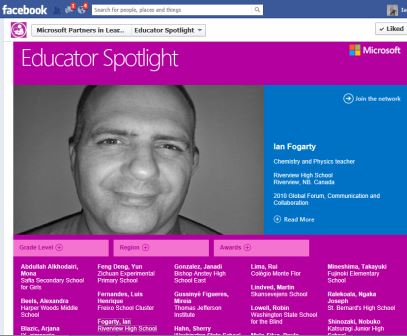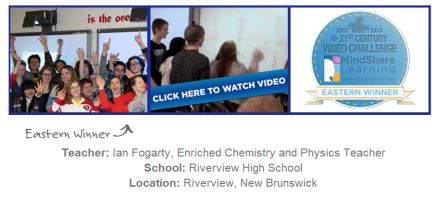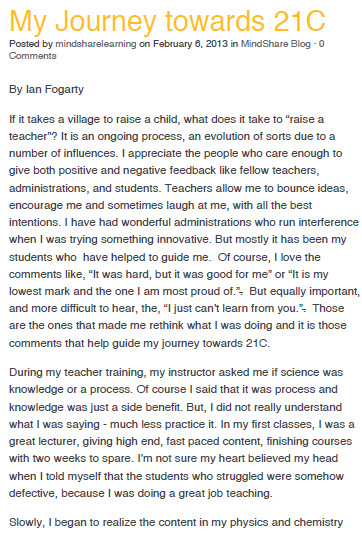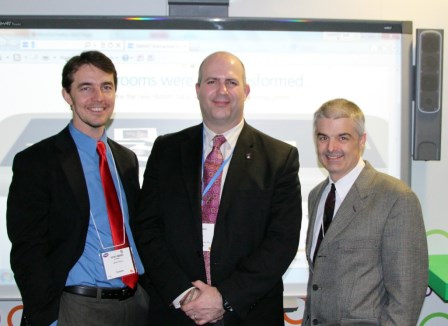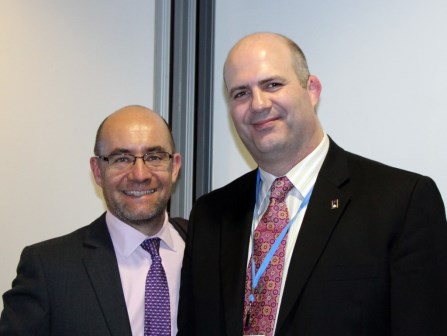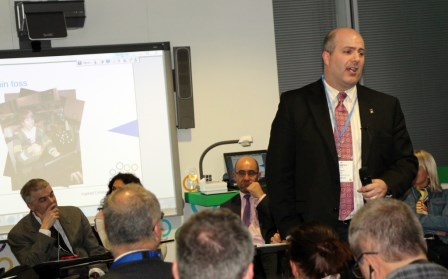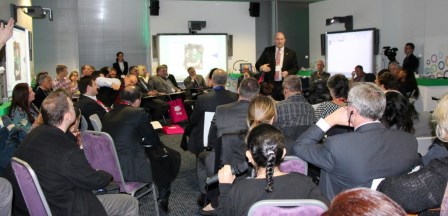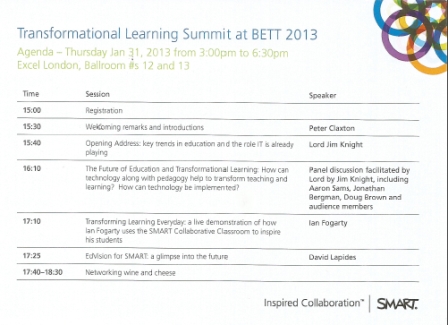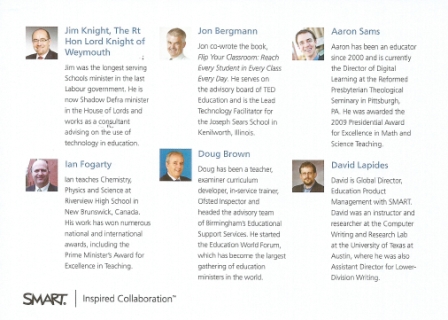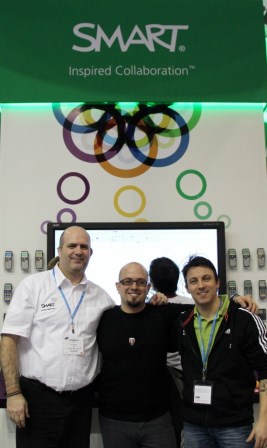In 2006, I spent a summer experiencing Shad Valley, the first real example of 21st Century learning I had ever seen. It turns out that the creator of Shad Valley wanted to instill 21st Century Learning skills in his own kids, long before there was such a label. This summer changed my teaching career and now my own kids.
While doing my teacher training, my science methods teacher asked me if Science was knowledge or a process. I intuitively knew that the right answer was that science is a process, a way of thinking, and a way to solve puzzles with applications reaching far outside of the world of science. I did not understand the implications of my answer and my actions certainly did not match my quick response. Teachers tend to teach the way that we were taught. It is what we know and probably with what we were successful. Many years of customs, styles and baggage that served a certain portion of past generations was deeply engrained in my psyche. I could best serve my students by being the best teacher that I could be and that meant being the best at these historic strategies. I was going to be the best teacher by being the best at doing what was done to me. It is a natural and pervasive cycle of life that works well, until change is required.
Only when I was able to experience a concrete example of 21st Century Learning for an extended period of time, did I start to understand the subtle nuances that make such an important difference. I started to understand that 21st Century Learning was not an additional “thing” to add to an already full curriculum, but rather a “how” do I teach the existing content. I spent much time and energy working with other people’s kids trying to turn them into students of a future that we cannot predict, all the while, watching passively the learning of my own sons. Surely there is a not-so-special, not-father-of-the-year award waiting for me. This has to change. I need to expose my own kids to some of these concrete examples for more than just a weekend or a week.
The time is right for something, but what? If I am going to act, I need to act now. The twins are in middle school. They are still impressionable, old enough to absorb some lessons, young enough to change directions. They think science is a list of vocabulary words on a fill in the blank photocopy and that is my fault. How do I teach them to be critical thinkers, to interact with the outside word in a meaningful way? How do they learn that literacy extends beyond language class that there are many different cultures in this world? They will need to interact with many of those cultures and some might even say complete with them. How can I get them to be better communicators? How can I help them be flexible? How will I create an environment where they will have a chance to become 21st Century Learners where both formal and informal learning environments are integrated? In the education field, we talk about this, but yet we seem to find few examples to follow. Maybe I can impact my own kids and provide an example simultaneously.
Although there are lots of interesting places in our own backyard, I need an opportunity that will be disruptive. They need the proverbial slap or jump start. Something shocking that will make it immediately obvious that things are going to be different. I am taking a leave from my teaching job and we are moving to China for 3 months as a family! This should be a shock to the system and provide a definite milestone, life before and after China. There should be lots of opportunity to be flexible, lots of natural writing prompts, and a chance to experience a significant world culture that is significantly different.
Although visiting the UK and EU could provide lots of cultural experiences and I am certain seeing the sites would be interesting, I am hoping to change their person, not just populate their facebook accounts. Interacting with international students should provide some opportunities for differences of opinion and the resulting debate and communication should employ critical thinking. Perhaps it will give them a chance to step outside the monotony of English and French bilingualism. Perhaps they will be more appreciative of what they have when we come back. We live in an awesome part of the world, but there is a big world out there.
So they each have more professional online presences on twitter, facebook, blogs and youtube. They are “FintheTwin” and “Sethsbreaths”. They have already learned how to create these online reputations, how to create a video and how to publish blogs. More importantly, much of the technical pieces they learned on their own or from each other. When they found out that other people would be watching and reading, all of a sudden work that was good enough for Dad is not quite good enough for their virtual friends. Media literacy, creativity, innovation, critical thinking, communication and collaboration have begun.
We fly out in a week.
I hope I will be able to impact my own kids as much as the creators of Shad Valley or the creators of 21st Century learning movement have impacted me.





